In other words, they’re launching 🚀 to suborbital space! Liftoff aboard the Blue Origin #NewShepard reusable rocket is no earlier than 9:30 a.m. EST, Tuesday, Dec. 18. You can watch live on NASA Television: https://go.nasa.gov/2Es92Sc
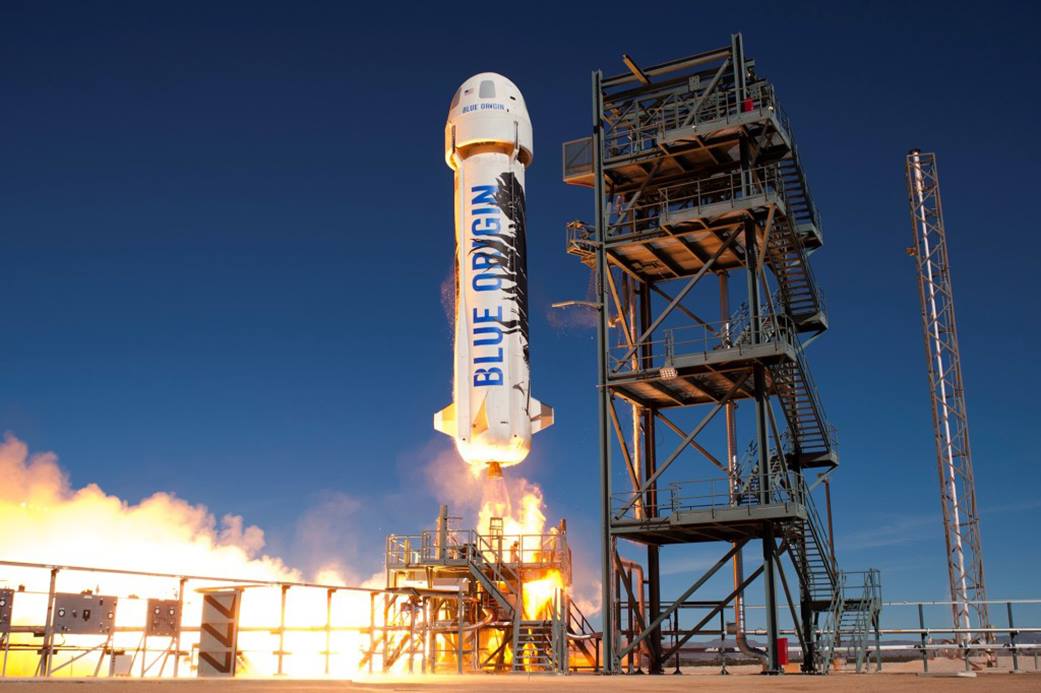

In other words, they’re launching 🚀 to suborbital space! Liftoff aboard the Blue Origin #NewShepard reusable rocket is no earlier than 9:30 a.m. EST, Tuesday, Dec. 18. You can watch live on NASA Television: https://go.nasa.gov/2Es92Sc
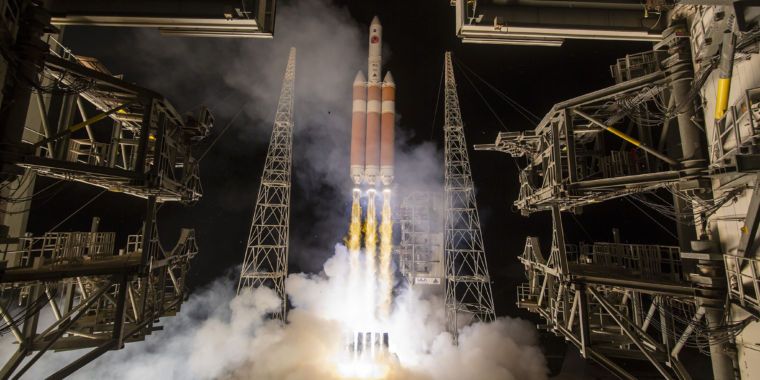
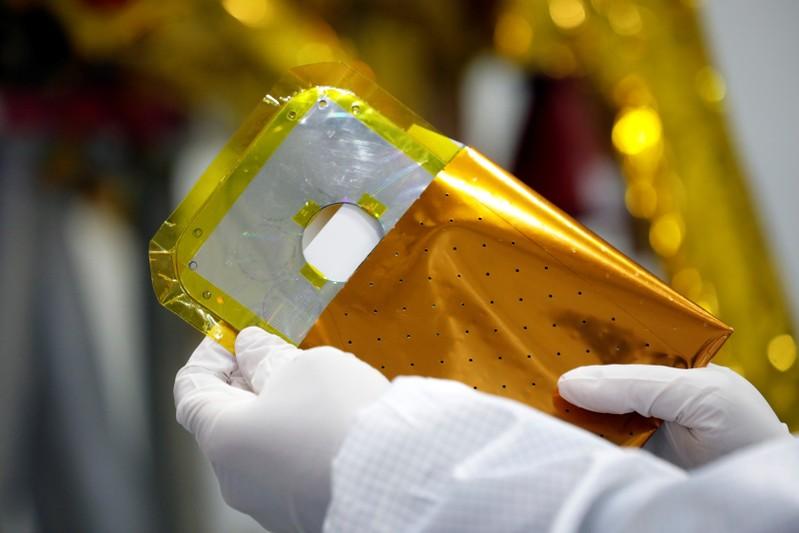
At 60,000 km (37,000 miles) above Earth, the spacecraft will split off from the Falcon launch vehicle. It will at first orbit Earth in expanding ellipses and, about two months later, cross into the moon’s orbit. It will then slow and carry out a soft landing which should cause no damage to the craft.
“Our landing site is located somewhere between the landing sites of Apollo 15 and Apollo 17,” Anteby said. “It’s a flat area. But still it has small craters and a lot of boulders.”
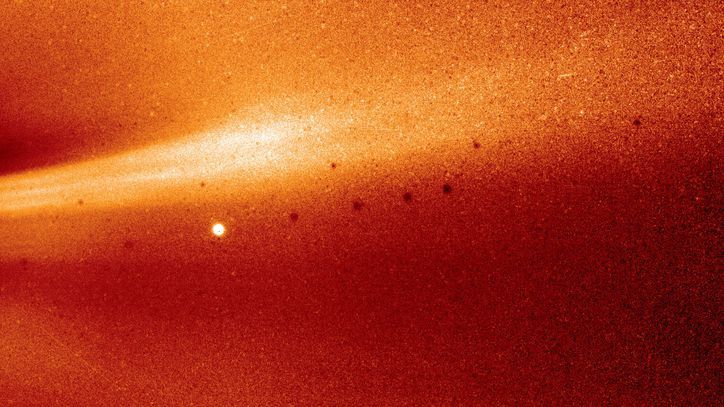
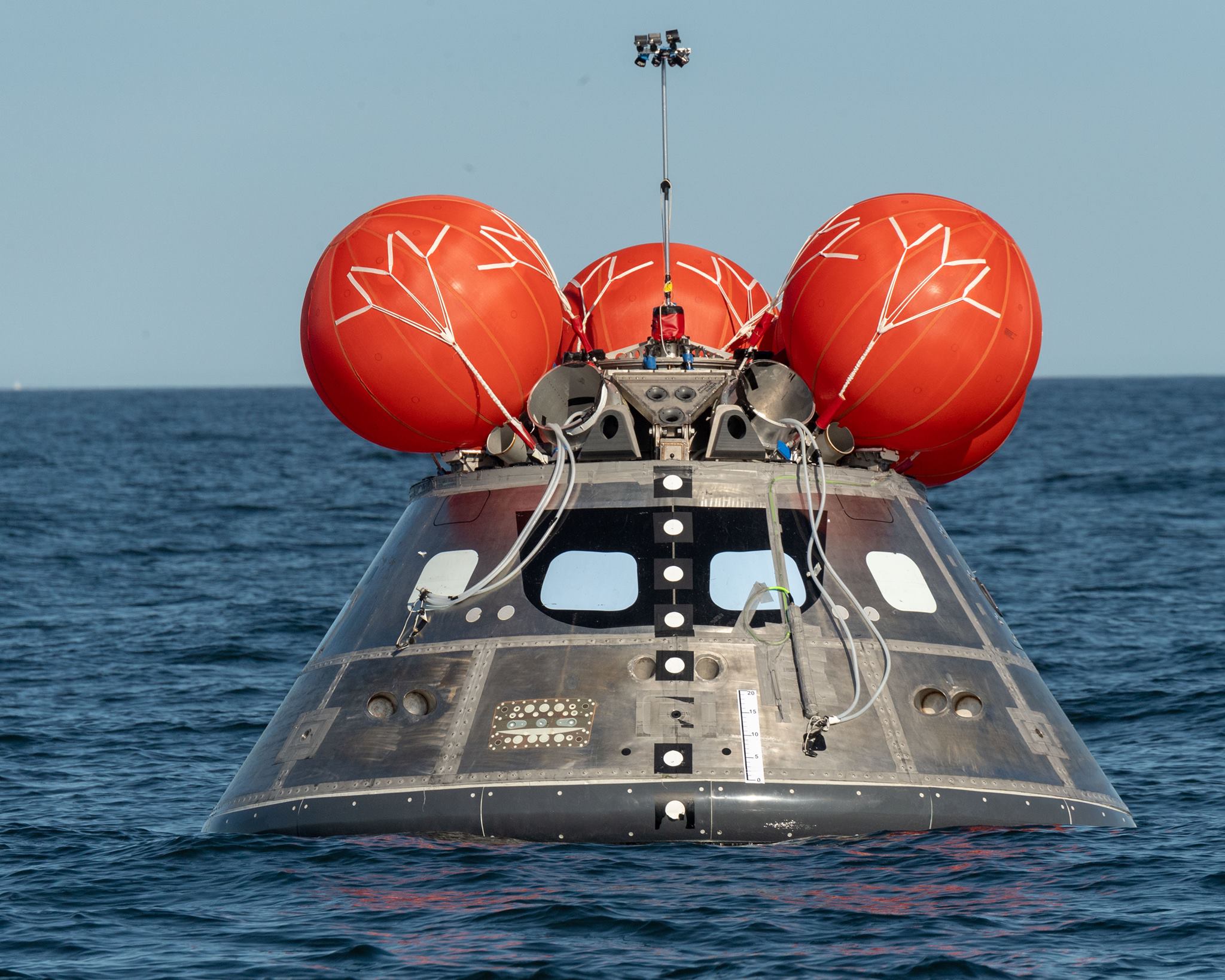
Splashdown. Our engineers are testing the airbags to ensure they deploy and keep the spacecraft upright when it splashes into the ocean — even through rough waves or high winds. Dive in: https://go.nasa.gov/2Ek4ttf
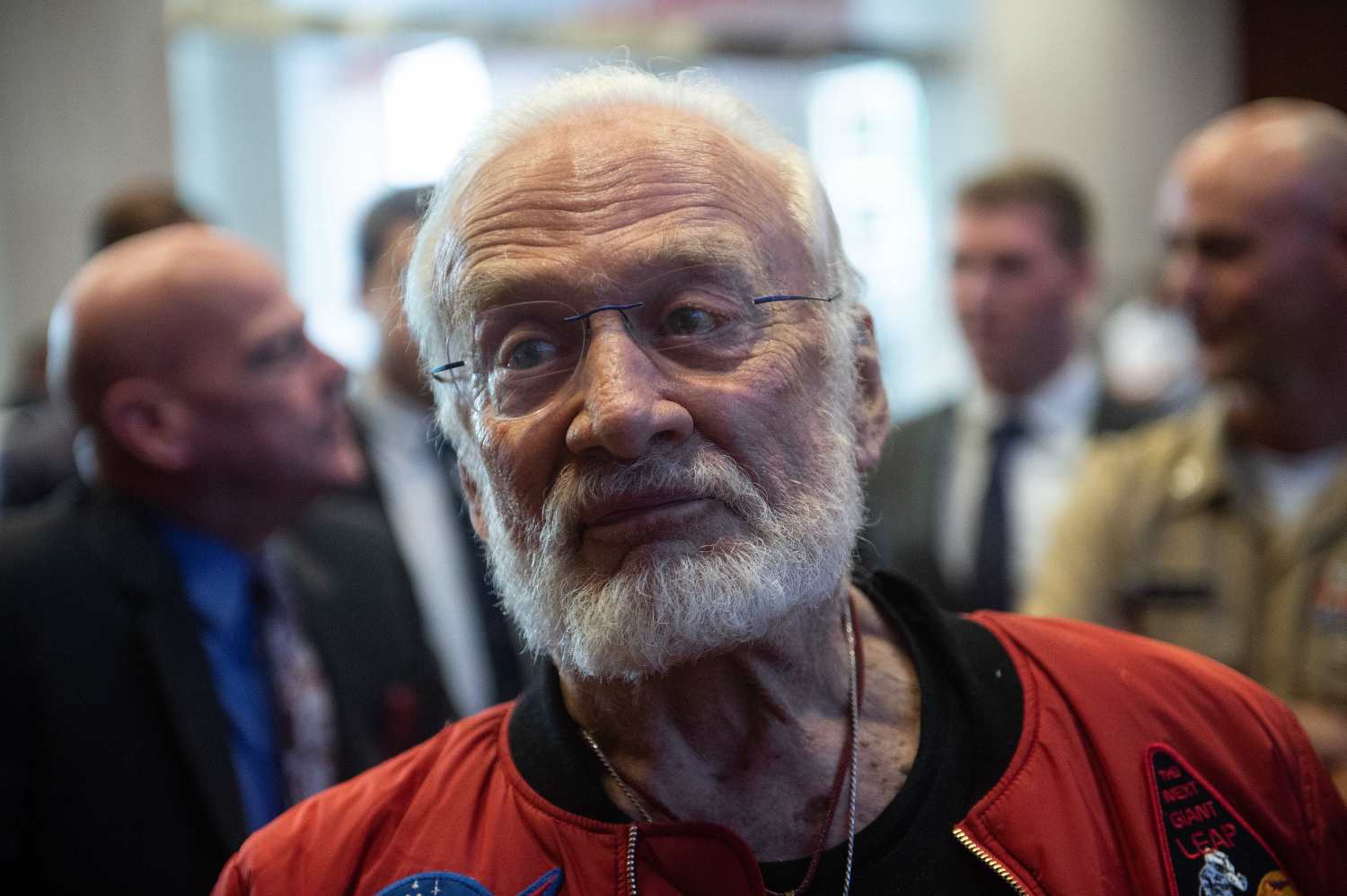
Buzz to Steph Curry on the Moon landings: “Go ask the Russians…” Priceless. #buzzaldrin #Moon #NASA #MadhuThangavelu https://losangeles.cbslocal.com/2018/12/12/buzz-aldrin-steph…sBqDDiE-k4
LOS ANGELES (CBSLA) — The second man to walk on the moon doesn’t want to talk about NBA superstar Steph Curry’s theory that it never happened.
Former astronaut Buzz Aldrin, one of three men who took part in the Apollo 11 moon landing mission, was at USC Tuesday night to hear presentations by students on why the U.S. should attempt to return to the moon.
The event came hours after Curry raised doubts over whether humans ever landed on the moon during an appearance with other NBA players on the “Winging It” podcast.

Earlier today, Virgin Galactic sent its SpaceShipTwo commercial aircraft into space, a historic first for the private company. But at a maximum altitude of 51.4 miles (82.68 kilometers), the spaceplane fell 10.6 miles (17.32 kilometers) short of the Karman line—the internationally recognized boundary separating the atmosphere from space. Prompting the inevitable question: What the hell is space, anyway?
Before we nitpick Virgin Galactic’s achievement, let’s give credit where it’s due.

NBA superstar Steph Curry said he was kidding when he said he doesn’t believe humans landed on the moon.
“Obviously I was joking when I was talking on the podcast,” the Golden State Warriors guard told ESPN on Wednesday. “I was silently protesting how stupid it was that people actually took that quote and made it law.”
While appearing on an episode of the podcast “Winging It,” which posted Monday, Curry asked fellow NBA players Vince Carter, Kent Bazemore and Andre Iguodala “We ever been to the moon?”
NASA’s Juno Mission to Jupiter will zoom past Jupiter at nearly 130,000 mph next week, making its 16th science pass above the planet’s cloud tops. More science and — of course — more stunning images from JunoCam on the way: https://go.nasa.gov/2GdYPeC
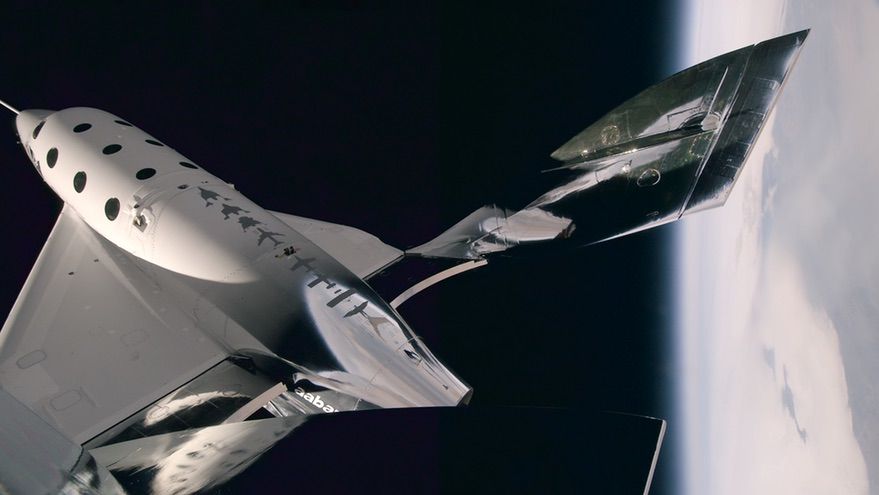
Virgin Galactic is headed for the Big Black! https://spacenews.com/virgin-galactic-to-attempt-flight-to-space-this-week/
WASHINGTON — Virgin Galactic plans to perform the next test flight of its SpaceShipTwo suborbital spaceplane as soon as Dec. 13, a flight that could be the first by the vehicle to reach at least one definition of space.
In a Dec. 11 statement, the company said the next powered test flight of VSS Unity, the second SpaceShipTwo, is planned for a window that opens Dec. 13 from the Mojave Air and Space Port in California. The flight would be the fourth powered flight for this vehicle and the first since July. The statement came shortly after the publication of airspace restrictions in the vicinity of the airport “for rocket launch and recovery” for Dec. 13 through 15.
“At a basic level, this flight will aim to fly higher and faster,” the company said in its statement. “We plan to burn the rocket motor for longer than we ever have in flight before, but not to its full duration.”